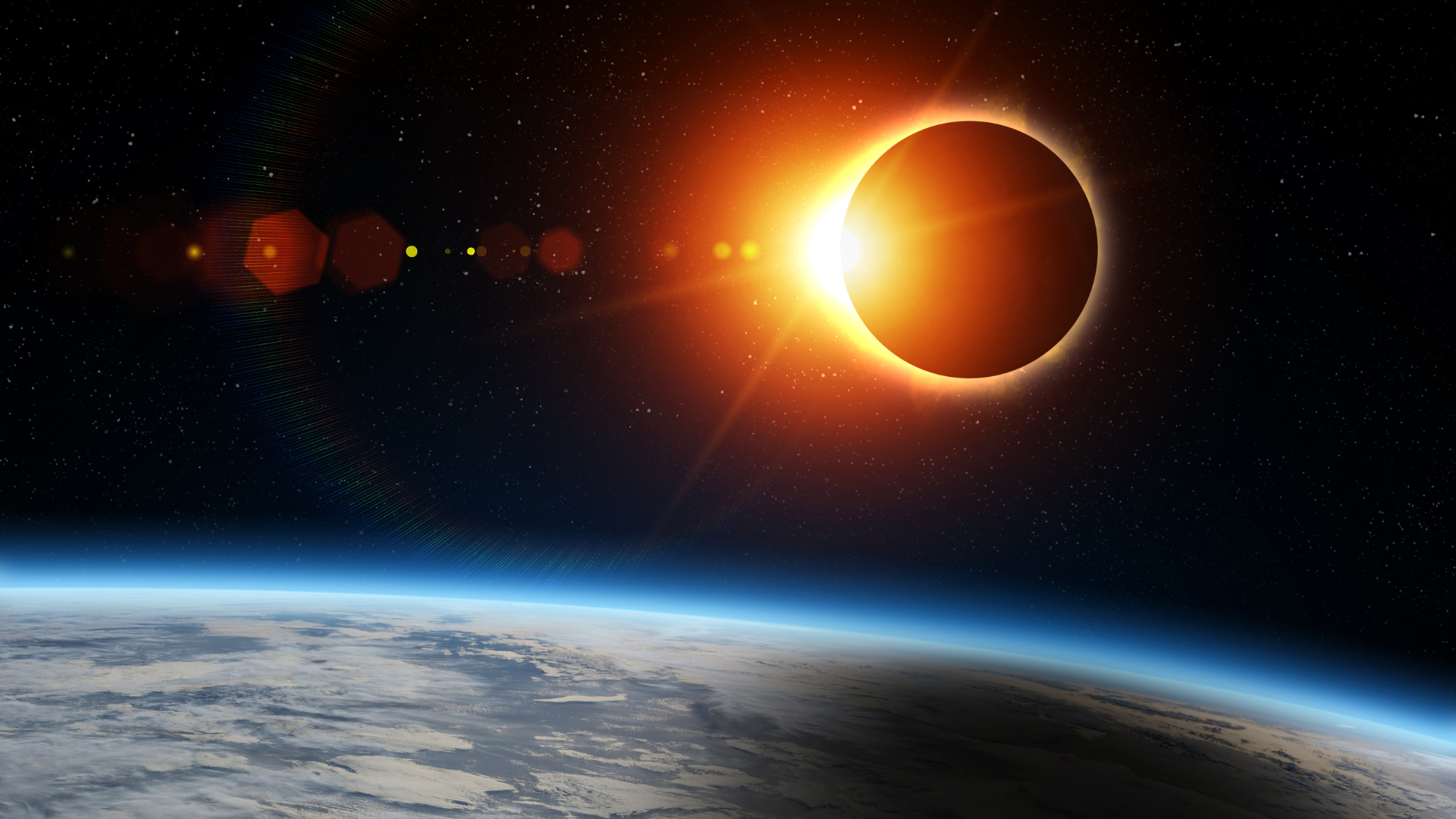
How Long Could You Survive Without the Sun?
The Sun, that golden giant 150 million kilometers away, is more than just a bright disc in the sky. It’s a silent architect of life — the conductor of climates, the engine of ecosystems, the anchor of Earth’s orbit. But what if, in an instant, it simply disappeared? No warning. No explosion. Just… gone. In that chilling moment, our world would begin a slow, beautiful, and terrifying descent into darkness — a cosmic unraveling unlike anything we’ve ever imagined.
Table of Contents
- The First 8 Minutes: Living in the Past
- 24 Hours Without the Sun
- The First Week: Cold Begins Its March
- Months Later: A Frozen World
- Years Into Darkness: A New Earth or No Earth?
- Could Life Adapt in the Deepest Dark?
- FAQs
The First 8 Minutes: Living in the Past
Even after the sun vanishes, Earth would still be bathed in daylight — for exactly 8 minutes and 20 seconds. That’s how long it takes light to travel from the sun to Earth. For those few final moments, birds would sing, oceans would glisten, and flowers would bloom — all unaware that their source of life is already gone.
Then, like a switch flipped in the heavens, light would die. Not dim. Not fade. Just vanish. The skies would go black — not dusk, but void. Stars would burn cold and sharp, and the moon, once luminous, would disappear. We would be plunged into a night that would never end.
24 Hours Without the Sun
The next day would unfold like no other. Temperatures would plummet, but not instantly. Earth’s atmosphere retains heat — a thermal memory that would delay the worst. Cities would fall into panic. Power grids would surge with demand. Emergency shelters might open. But the cold would creep in relentlessly.
- Average global temperature after 24 hours: around -17°C (1.4°F)
- Some equatorial regions might still hover above freezing
- Wind patterns would begin to collapse as solar-driven weather systems fail
The First Week: Cold Begins Its March
By the end of the first week, temperatures would drop below -40°C (-40°F) in many places. Surface water would begin to freeze. Crops would die. Supply chains would break down. Yet deep in buildings, under blankets of survival instinct, some humans would adapt — at least for now.
Natural gas and nuclear power could keep some homes warm. Greenhouses with artificial light might extend food supplies. But already, Earth is no longer the world we knew. It is a hushed, dimmed orb, adrift in space, bleeding warmth.
Months Later: A Frozen World
After about two months, the surface of the oceans would freeze solid. Underneath, liquid water would remain — insulated by the ice. In these dark underworlds, strange life might continue. Some scientists believe extremophile microbes, like those found near deep-sea hydrothermal vents, would persist for a while, fueled by Earth’s geothermal energy.
Above ground, though, it would be a graveyard of ecosystems:
- No photosynthesis = collapse of the food chain
- Oxygen levels would drop slowly over years
- Human civilization would be pushed underground
Years Into Darkness: A New Earth or No Earth?
After a year, Earth’s surface temperature would stabilize around -240°C (-400°F). The atmosphere would begin to condense and fall as snow. Our planet, once lush with forests and cities, would look like a pale, silent ice moon. Only geothermal energy — deep in the mantle — could offer pockets of warmth.
Could humanity survive? Perhaps. In deep underground facilities powered by nuclear reactors, small populations might persist — a fragile thread of life waiting for a miracle.
Could Life Adapt in the Deepest Dark?
On Earth, life has found ways to endure in boiling acid, in ice sheets, even in radioactive waste. Life is tenacious. Could it adapt without the sun?
Possibly. In isolated ecosystems like deep-sea vents, bacteria already thrive without sunlight, drawing energy from chemicals. A similar process — chemosynthesis — might keep some simple organisms alive. But complex life? Mammals? Plants? Without immense technological intervention, no.
FAQs
1. What would happen to Earth’s orbit if the sun disappeared?
Without the sun’s gravitational pull, Earth would no longer orbit. Instead, it would drift in a straight line through space at about 30 kilometers per second, carrying with it a frozen shell of former life.
2. Would the moon still be visible after the sun disappears?
No. The moon shines by reflecting sunlight. Without the sun, it would vanish from sight — a black, invisible rock in a starless sky.
3. Could we create artificial sunlight to survive?
In theory, massive nuclear fusion reactors could simulate sunlight, but the scale required to replace the sun globally is beyond current technology. For now, our best chance would be isolated underground habitats powered by nuclear energy.


